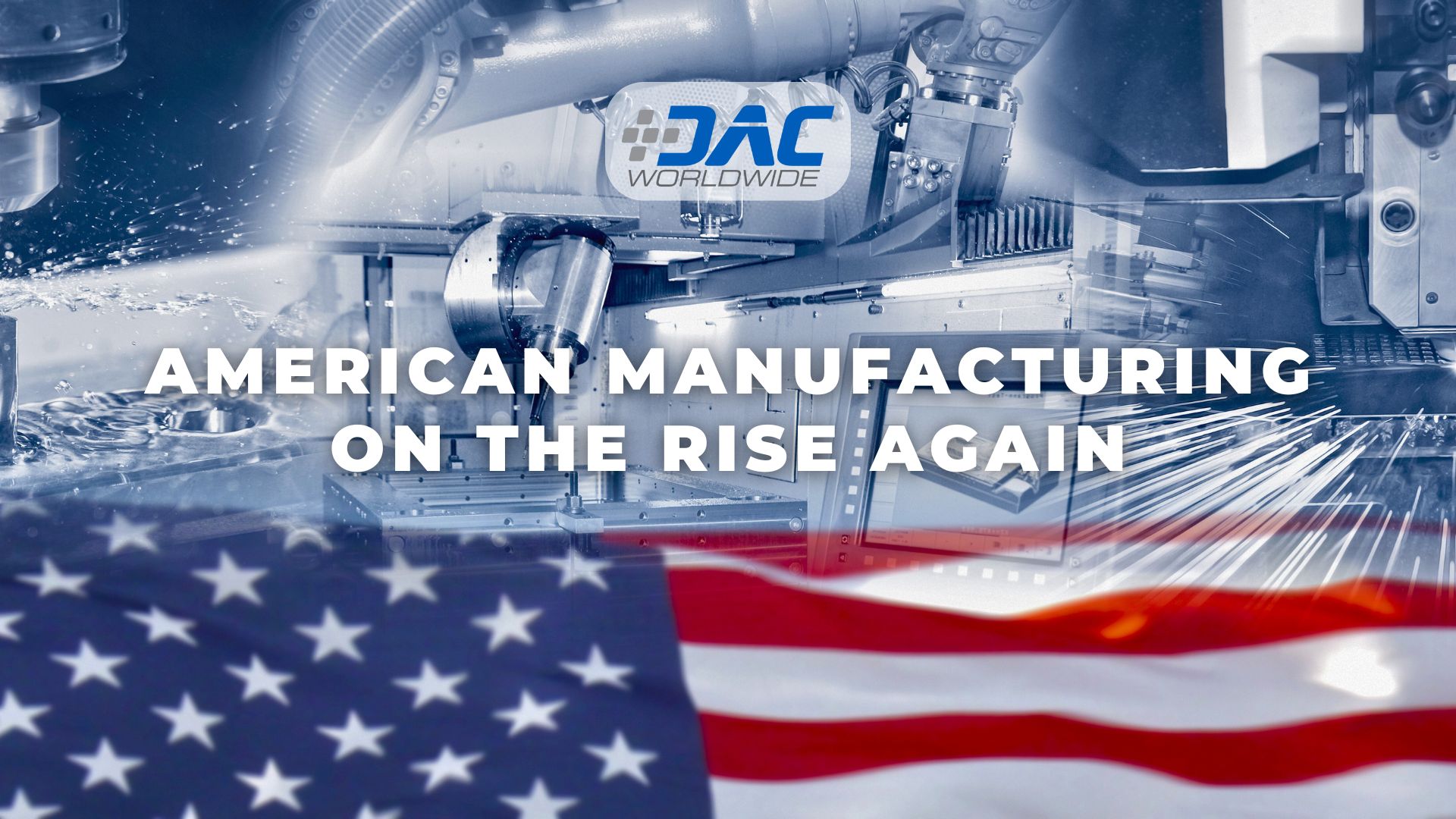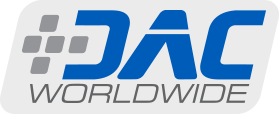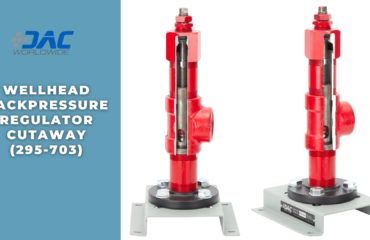
It’s no secret that the COVID-19 pandemic took a toll on manufacturing in America. Alongside nearly every other industry, manufacturing faced major challenges in 2020 and the years that followed, particularly with regard to supply chain problems.
Fortunately, the tide appears to be turning. In a recent Bloomberg article, authors Enda Curran and Katia Dmitrieva report that “[a]ssembly lines around the world are starting to hum again, marking a turn in a years-long manufacturing slump.” That’s good news here and abroad.
According to Curran and Dmitrieva, “[t]he nascent industrial recovery is led by the world’s two biggest economies. Chinese manufacturing has made a strong start to the year, boosting the economic outlook, and US factory activity unexpectedly expanded last month for the first time since September 2022, buoyed by rising new orders and a jump in production.”
Factory activity isn’t the only key indicator reflecting an uptick in American Manufacturing. The authors note that “JPMorgan/S&P Global’s manufacturing index notched a second month above expansionary territory in March and sits at the highest level since July 2022. If sustained, that’ll help catalyze a broader and stronger economic recovery that’s already spreading beyond the US.”
The recovery could be a bumpy ride. However, the authors believe there is reason for optimism: “While it’s still early days…the activity nonetheless marks a departure from the slowdown that took hold globally as consumer demand pivoted to spending more on services such as travel and dining out instead of buying more goods as pandemic-era restrictions ended.”
As American manufacturing ramps up during this period of recovery, manufacturers will still be faced with a labor pool that continues to have fewer highly skilled workers than employers need. Where will the workers come from? Until educational institutions expand the pipeline of skilled workers, manufacturers will have to pick up some of the slack of training workers with the skills they need to succeed.
Of course, not every manufacturer is prepared to train workers with the knowledge and hands-on skills they need to make an immediate impact in the workplace. Fortunately, employers don’t have to be training experts to launch an effective training program.
The experts at DAC Worldwide can help any manufacturer quickly and efficiently implement a training program that targets the specific skills workers need to be productive. For example, a thorough review of training systems is a great place to start. Do employees have access to hands-on training with actual components they’ll encounter on the job?
If not, partnering with established companies to provide industrial-quality training systems that will stand the test of time will help ensure a competent workforce. Be sure to check out DAC Worldwide’s variety of hands-on focused skills training systems that feature the real-world components workers will encounter in the field!





